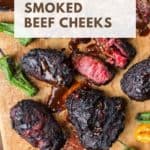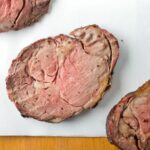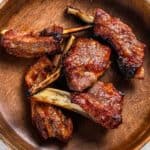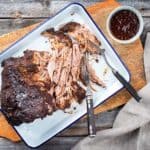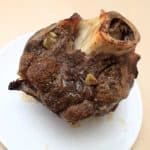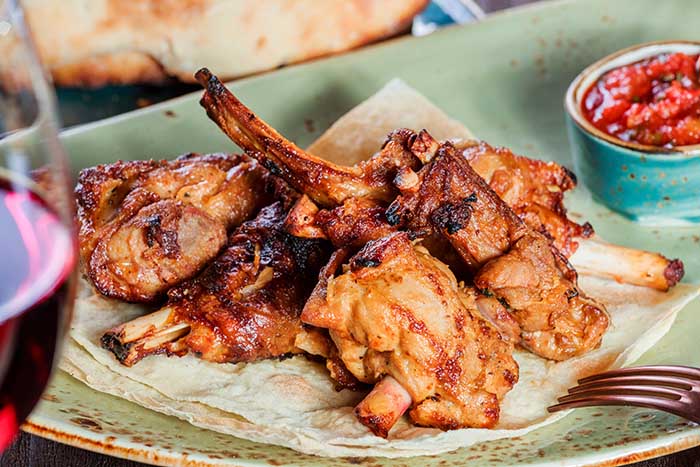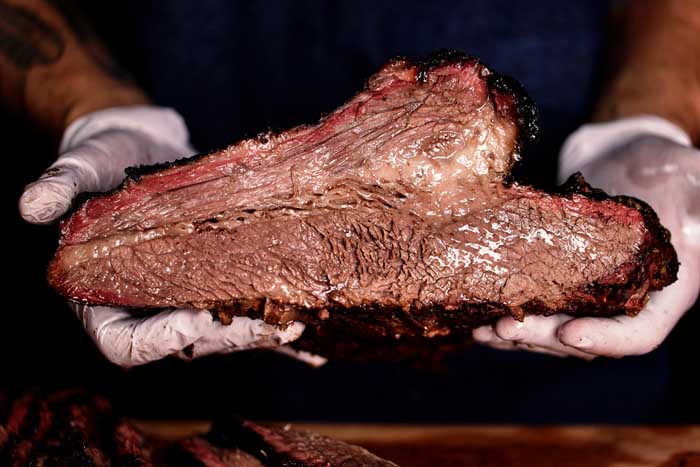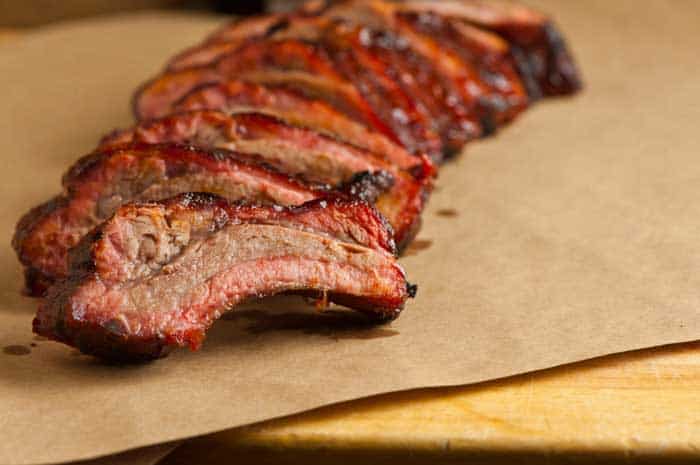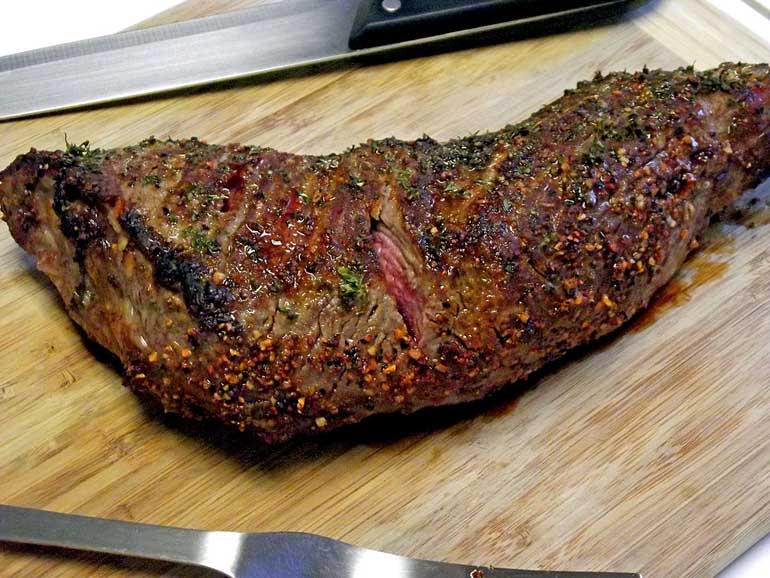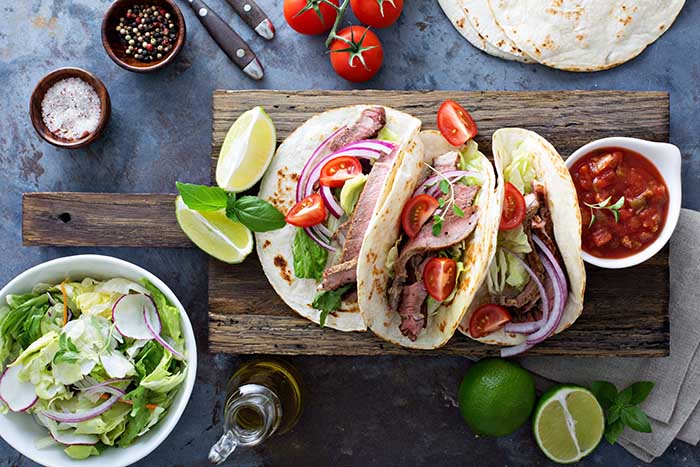Smoked beef cheeks are an underrated gem of a meat that goes perfect in BBQ tacos and sandwiches, or just plain on their own. Smoke the perfect plate of this delicious cut of beef with our full guide and walkthrough!
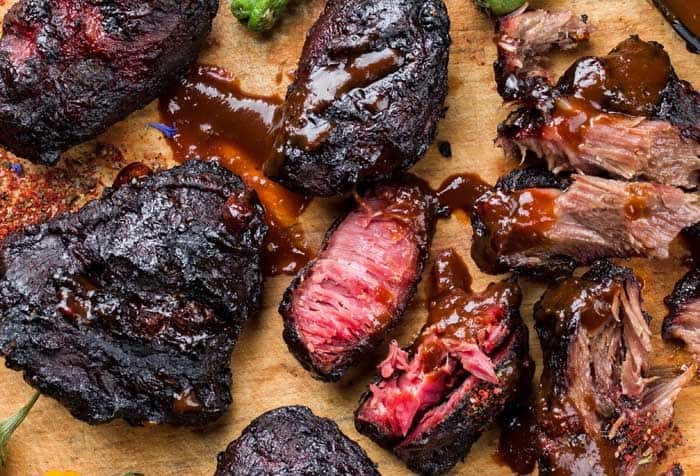
Beef cheeks might not be everyone’s first thought when it comes to which cut of beef to smoke, but when you get them right they are insanely delicious.
They’re unlike anything else you might have smoked: They’re gooey and sticky, but in all the right ways.
Today I’m going to walk you through how I go about smoking beef cheeks, including how to prepare them, wrap them, and then smoke them.
What are Beef Cheeks?
Besides the obvious answer (I mean, they’re cheeks), beef cheek is quite an unusual cut of meat.
Beef cheek typically weighs around 7 ounces, which is extremely small and lightweight compared to other more traditional types of smoking meat.
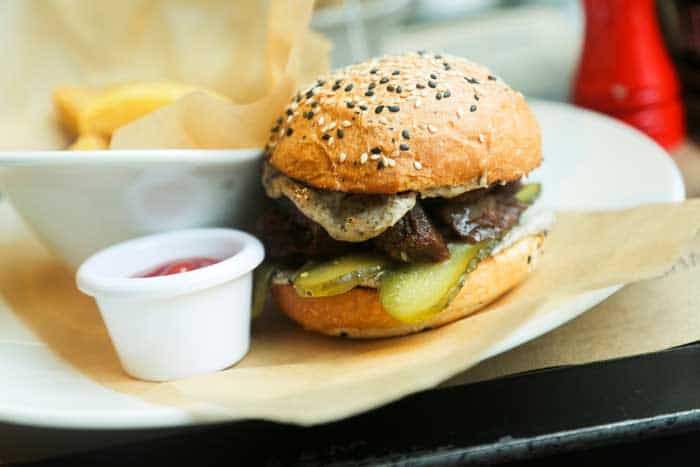
You might be forgive here that their small size makes cheeks vulnerable to drying out when exposed to heat for long periods, but that isn’t really the case.
This is largely thanks to the collagen content in the meat.
This is what provides the meat with its signature stickiness. A thick strip of collagen runs through the center of beef cheek. As cheek is smoked, this strip starts to render and break down, which helps to generate moisture and that unique sticky texture.
How to Prepare Beef Cheeks for Smoking
Red meat can sometimes come with pieces of silver skin or membrane attached to it, so if this is the case then you’ll want to remove any large pieces attached to the meat.
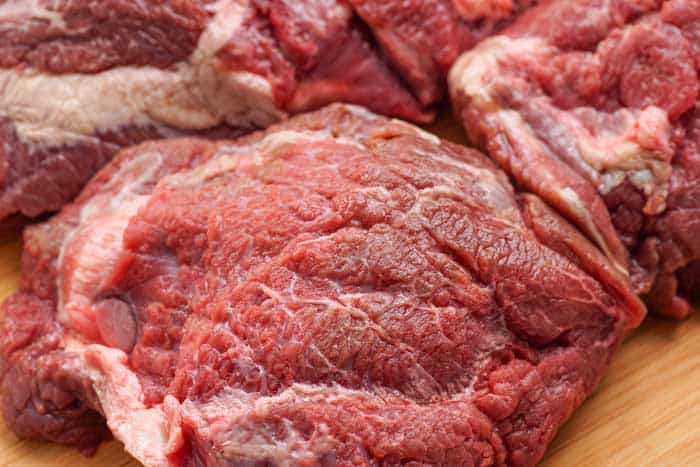
This layer isn’t really needed, and when it’s smoked it can be extremely chewy and often a bit bitter and unpleasant to eat.
Besides the silver skin, you shouldn’t need to trim too much else off the cheeks. They’re small enough as they are, but if you do see any large pieces of fat attached to them then do feel free to cut them off. Just be sure you leave some actual meat leftover!
I then like to apply a BBQ beef rub. There are plenty of store-bought options out there, but I always prefer to use something homemade.
I like to use a simple blend made of just black pepper and kosher salt, blended with a 2:1 ratio. Sometimes I like to add a little bit of brown sugar as the sweetness can mix nicely with the melted fat in the cheeks.
How to Smoke Beef Cheeks
Set up your smoker (I use my charcoal offset smoker, but electric or pellet smokers are just as fine) to a cooking temperature of 275°F (135°C).
Times here can vary wildly depending on a whole range of factors, but the important thing to note is that you want to smoke until the beef cheek has reached an internal temperature of 210°F (98°C).
At an estimate this will probably take about 5 hours, but that is a vague estimate and your main measuring stick should always be internal temperature of the thickest part of the meat.
You might note that this is quite high for BBQ smoked food, but is about the right temperature for us to let the collagen in the meat really break down and give us that sticky texture and taste that we’re after.
At about 4 hours in and with 1 hour remaining, I like to wrap the meat in foil. This helps keep us on course for our target internal temperature while also retaining as much moisture and tenderness as possible in our final product.
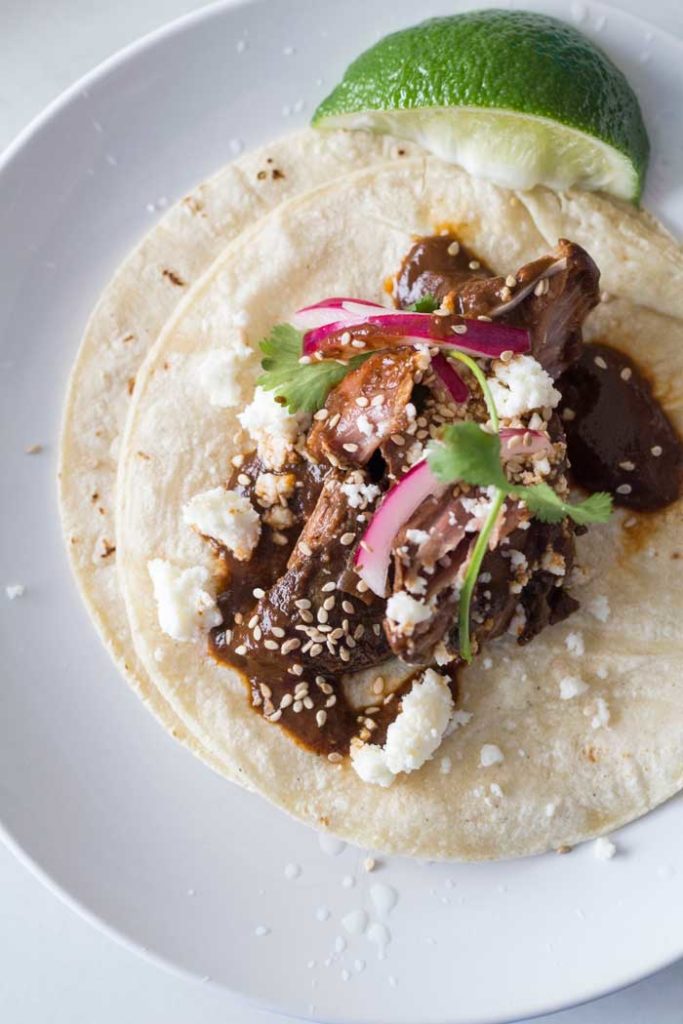
Doing this will help generate steam in the foil packet, which help to further break down the collagen embedded in the meat.
The key to the success of this smoke session is that collagen seam. If we can’t break it down, then we’ll be left with a nasty layer of rubber. Get it right though and we’ll have beautifully tender beef cheeks.
Wrap the beef cheeks in foil and place back on your smoker tray. Leave for a further hour.
Once cooked and you’ve confirmed the internal temperature is at 210°F, remove from the smoker and leave to rest for about ten minutes. This will allow the fat to continue to render and be absorbed back into the meat. It’s a similar principal we follow for smoked brisket.
You can serve up sliced or pulled. I prefer them pulled as I find it give the best mix of meat flesh and melted fat.
Time and Temperature
When smoking beef cheeks, the optimal temperature is 275 degrees Fahrenheit, although if your smoker is anywhere between 250 and 300 degrees, you’ll get a great result. This temperature is hot enough to finish the cut, but not so hot that it will dry out the meat.
You want the beef cheeks to reach an internal temperature of 205 degrees Fahrenheit before pulling them out. Usually, this takes about four hours. Before removing the beef cheeks, check that the internal band of collagen is fully tenderized to ensure that the meat is finished.
FAQ
Got burning questions about barbecue smoking beef cheeks? These answers to our most frequently asked questions are here to help.
Are Beef Cheeks Fatty?
Beef cheeks are famous for their delicious, tender texture. However, this does not come from excess fat—beef cheeks are actually a very lean cut of meat. Instead, the inner pockets of collagen help tenderize this meat. Beef cheeks are sometimes covered with an outer layer of fat and sinew, but any good butcher will remove them for you.
What Can I Substitute for Beef Cheeks?
If you don’t feel like hunting down beef cheeks, you can get the same flavor and texture with other lean, tender cuts. Short ribs, oxtail, chuck, and shank are good substitutes. If you want to avoid beef completely, go with lamb shanks.
What Does Beef Cheek Meat Taste Like?
To most people, beef cheek is a completely unfamiliar cut. However, the taste is surprisingly familiar. The cheeks are very savory and tender, packing an intense beefy punch in terms of flavor. If you’ve had similar cuts such as oxtail or chuck, then you’ll recognize the flavor of beef cheeks.
Why Are My Beef Cheeks Tough?
Beef cheeks are a tough, muscley cut of meat (just think about all the chewing that a cow does). If your cheeks are coming out tough, you may not be cooking them for long enough. Beef cheeks need to smoke for several hours at a low temperature to properly break down and tenderize.
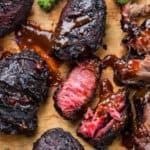
Smoked Beef Cheeks
Ingredients
- 4 beef cheeks trimmed and with silver skin removed
Beef rub
- 2 parts ground black pepper
- 1 parts kosher salt
- 1 part brown sugar option
Instructions
- Set smoker to cook at 275°F/135°F
- Prepare beef cheeks by trimming silver skin and excess fat
- Combine beef rub ingredients and apply generously to beef. Apply on underside too, and work into crevices
- Transfer to smoker racks. Close lid/door and leave to smoke for 4 hours
- Remove from smoker and wrap in aluminum foil, or place in aluminum tray and cover with foil
- Transfer back to smoker and leave to smoke for one more hour
- Allow to cook until internal temperature has reached 210°F/98°C
- Remove from smoker and leave wrapped in foil. Leave to rest for 10 minutes
- Serve in slices, or pulled for beef cheek tacos or sandwiches
